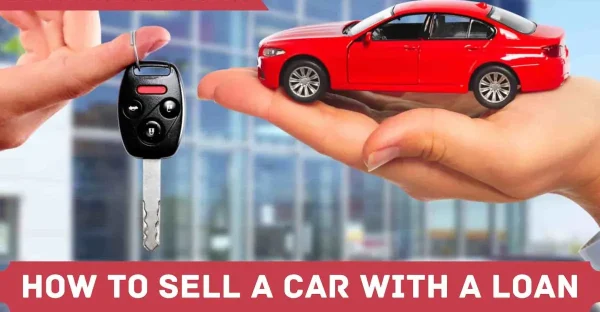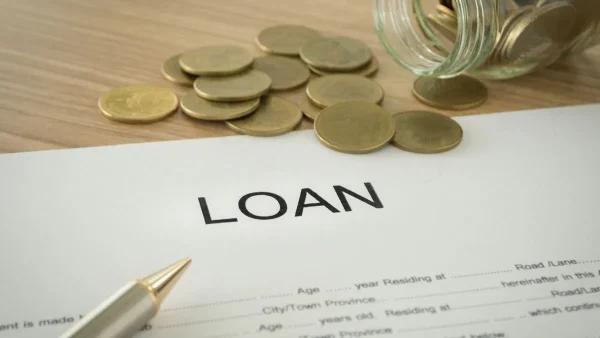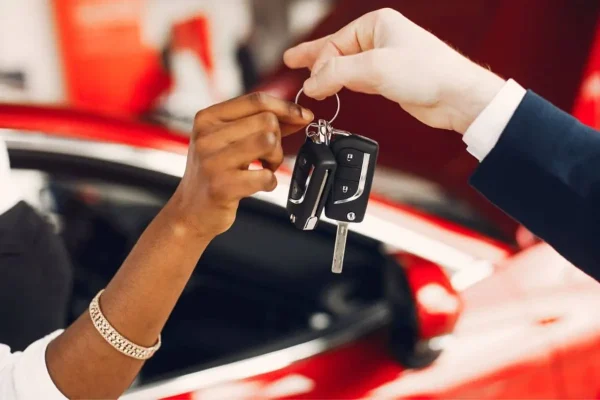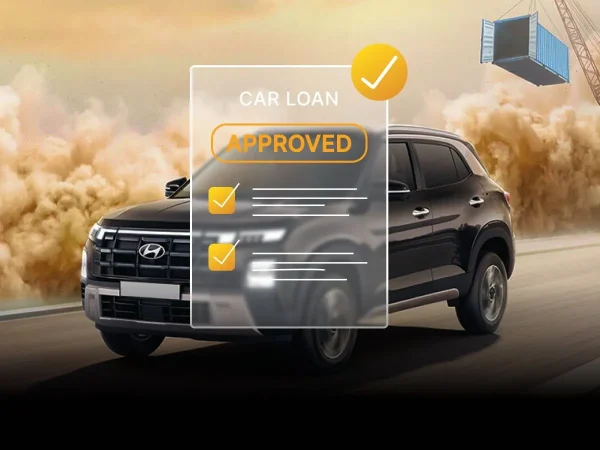Can You Sell A Car With a Loan? Brilliant Guide In 2025

Can you sell a car with a loan? – Yes, you can sell a car with a loan in 2025—but it requires planning, clear communication with your lender, and precise execution. This expert-backed guide walks you through every step to help you avoid common pitfalls and sell your financed vehicle legally, safely, and confidently.
Key Takeaway
You can sell a financed car by first paying off the loan, either using your own funds or with the buyer’s help. Knowing your equity, working with your lender, and managing legal documents are essential for a smooth transaction.
Contents
Why This Matters In 2025?
With more drivers carrying longer-term auto loans and trading in vehicles sooner than ever, selling a financed car has become common. According to Experian’s 2025 Q1 Auto Finance Report, over 45% of private vehicle sellers still have active loans at the time of sale. Understanding your options protects your credit, avoids legal issues, and ensures a smooth transfer of ownership.

Step 1: Assess Your Equity Position
Your equity status—positive or negative—determines how you’ll proceed with the sale.
Positive equity means your car’s market value is higher than your loan payoff amount.
Negative equity means you owe more than the car is worth.
To calculate your equity:
– Request your current loan payoff from your lender.
Compare it with your car’s fair market value using:
– Kelley Blue Book
– NADA Guides
– Edmunds
Example:If your payoff is $13,000 and the car’s market value is $15,000, you have $2,000 in positive equity.
Tip: Negative equity doesn’t disqualify you from selling—but you’ll need to pay the difference upfront or roll it into another loan.
Step 2: Contact Your Lender
Your lender legally owns the title until the loan is paid off. Here’s what to ask:
1. Request a payoff statement with a good-through date.
2. Inquire about any prepayment penalties or early payoff fees.
3. Ask about loan assumption—some lenders allow qualified buyers to take over the loan.
Note: Loan assumption is rare and typically only allowed if the buyer has strong credit and meets the lender’s criteria.

Step 3: Prepare The Car for Sale
A well-presented vehicle sells faster and for more money. Take the following steps:
Checklist To Prepare Your Vehicle:
1. Schedule a professional detailing (inside and out).
2. Gather maintenance records, warranty info, and emissions reports.
3. Consider a pre-sale inspection from a certified mechanic.
4. Address minor repairs that could impact value (e.g., tires, lights, brakes).
Pro Tip: Highlight a clean accident history and consistent service records in your listing to boost buyer confidence.
Step 4: Price The Car Accurately
Set a realistic price based on:
1. Make, model, trim level, and mileage
2. Condition and accident history
3. Color and demand in your local market
Use these tools to establish fair value:
1. KBB Instant Cash Offer
2. Edmunds Price My Car Tool
Warning: Overpricing will scare away buyers, while underpricing leaves money on the table.

Step 5: Create A Transparent, Trustworthy Listing
Where to list:
1. Autotrader
2. Cars.com
3. Facebook Marketplace
4. Craigslist
What to include:
1. High-resolution, well-lit photos (interior, exterior, tires, odometer)
2. Accurate specs: VIN, mileage, features, accident history
3. Clear disclosure that there is an active loan/lien on the vehicle
Step 6: Meet And Negotiate Safely
1. Screen potential buyers via phone, email, or messaging apps.
2. Meet in public, well-lit areas with video surveillance (e.g., police stations).
3. Bring a friend or family member for safety.
4. Be transparent and firm on your pricing range.
Safety Tip: Avoid sharing your home address or allowing solo test drives.

Step 7: Finalize The Sale And Pay Off The Loan
You have two main options:
Option A:
1. Close the Sale at the Lender’s Office
2. The buyer pays the lender directly.
3. You cover any loan balance shortfall.
4. The lender processes the title transfer.
Option B:
1. You Handle the Payoff
2. The buyer gives you payment.
3. You use it to pay off the loan.
4. The lender clears the lien and mails the title (timeline varies by state).
Documents You’ll Need:
1. Bill of Sale (state-specific)
2. Odometer Disclosure Statement
3. Title Transfer Form (if available)
4. Loan payoff confirmation
Important: Always verify with your DMV about specific title transfer procedures. Visit USA.gov Motor Vehicle Services for links to your state’s DMV.
Frequently Asked Questions – Can You Sell A Car With A Loan?
1. Can I trade in a car with a loan?
Yes. Dealers will pay off your loan, but negative equity may roll into your new financing.
2. Will this affect my credit score?
Slightly. Paying off an auto loan may lower your credit mix, but it typically improves your utilization rate and payment history.
3. Can I transfer the title if I still owe money?
Not directly. The lien must be satisfied before the title can be transferred unless your lender permits assumption.
4. Can someone take over my car loan?
Only if your lender allows it and the buyer qualifies. It’s uncommon for personal auto loans.
5. Do I have to report profits from the sale?
If you sell the car for more than you paid, that difference may count as a capital gain. For details, visit IRS Topic 409.

Conclusion
Selling a car with an outstanding loan in 2025 is 100% legal—but it’s not as simple as selling a car you own outright. By understanding your loan terms, communicating with your lender, preparing your car thoroughly, and ensuring a secure transaction, you can sell your vehicle without unnecessary stress or mistakes.
Sources:
Kelley Blue Book
Edmunds
FTC Auto Loans Guide
IRS.gov – Capital Gains
USA.gov DMV Services




0 Comments